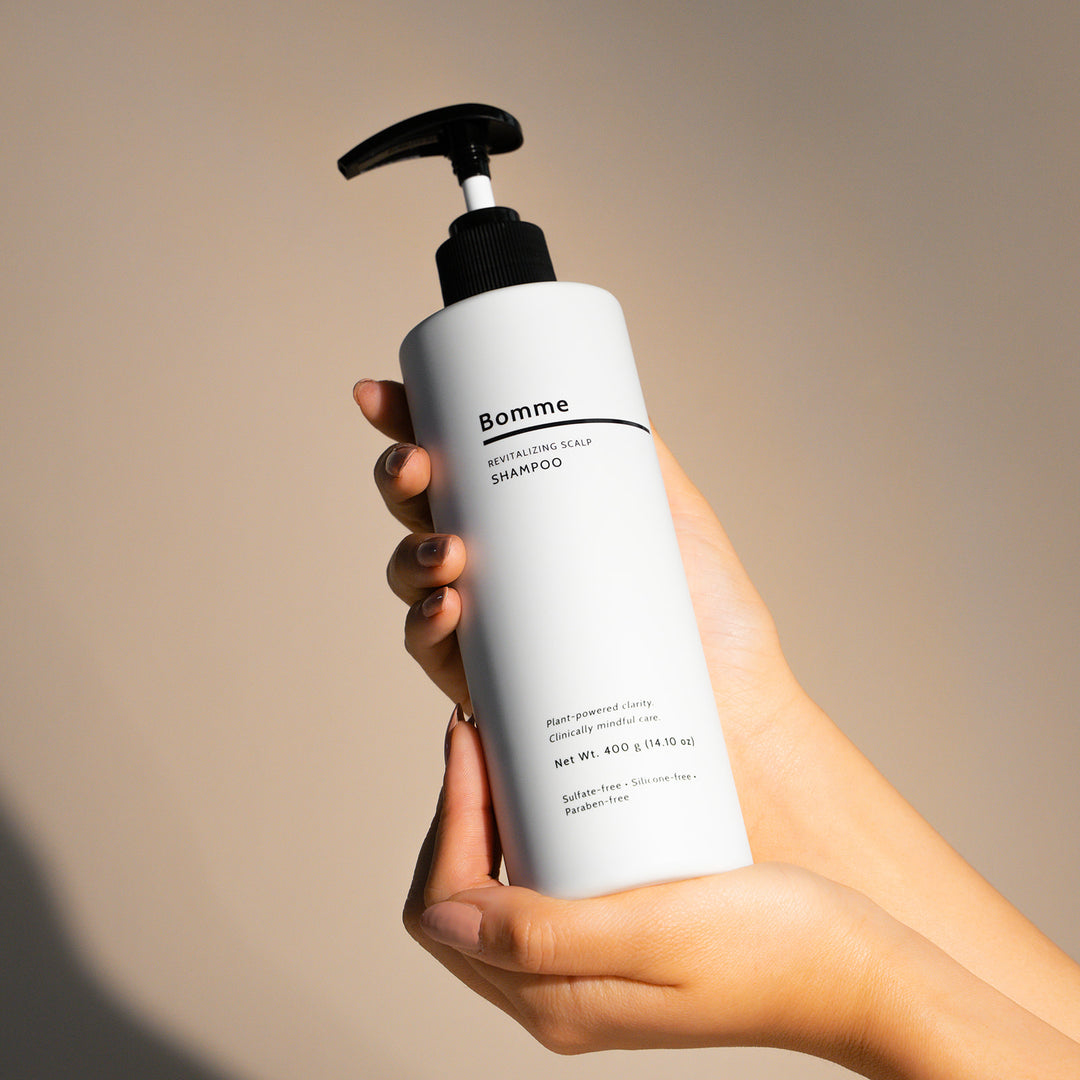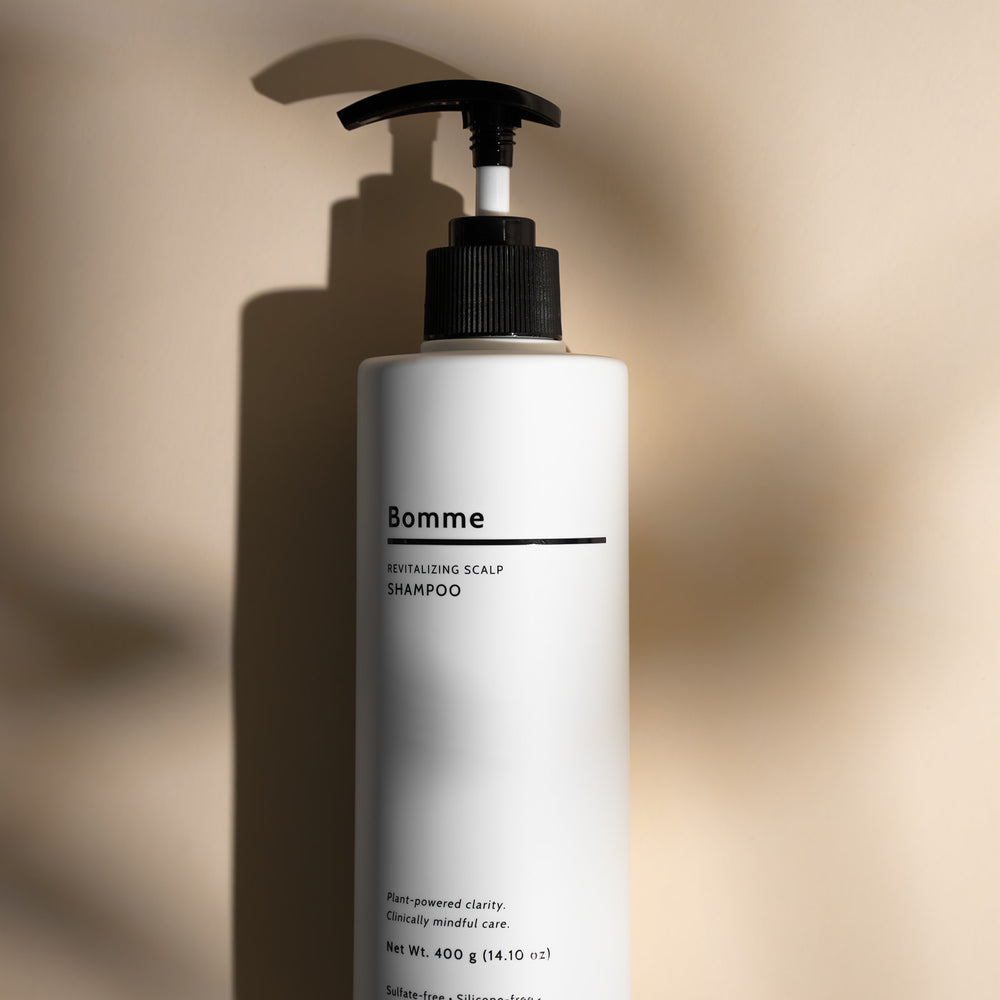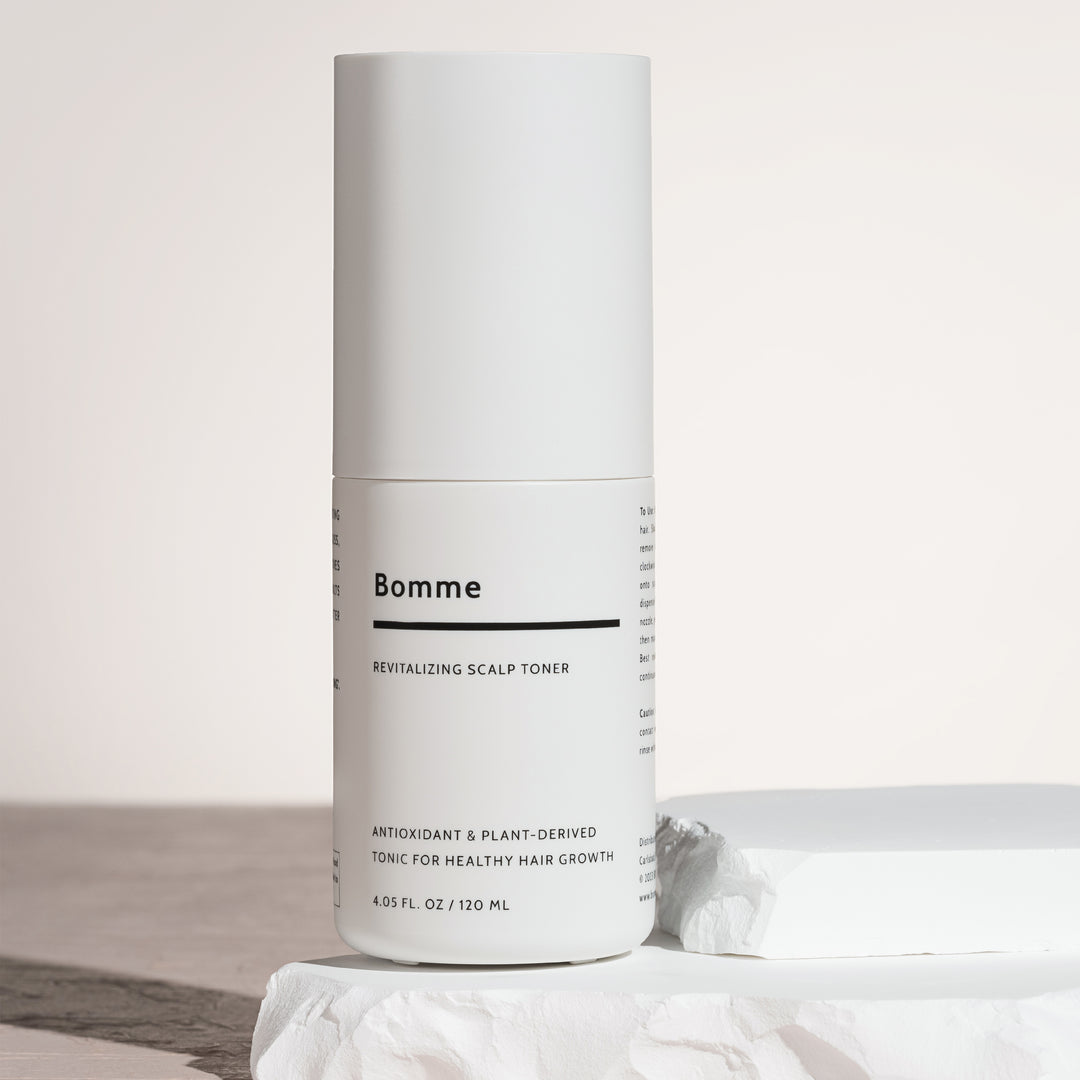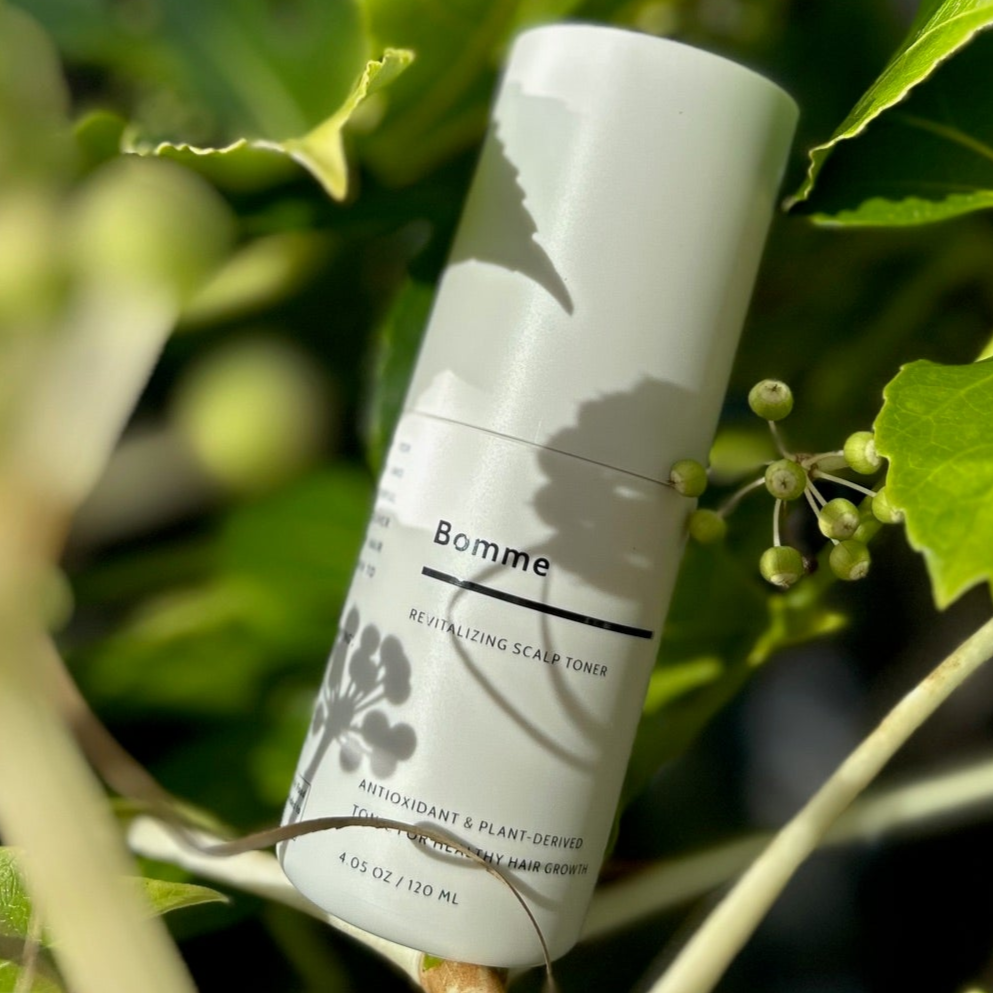Introduction
On the surface, hair might seem like just another physical attribute, but it carries a lot more weight than meets the eye. It's a reflection of who we are, where we come from, and what we believe in. It's a way for us to express our true selves, show where we belong in society, and even delve into the depths of our psyche. It tells a story. Yes, hair is one of the most visible ways we express who we are in this world. It is also a canvas for personal expression, a marker of social identity, and a symbol with deep cultural roots.
Hair: A Marker of Social Identity
According to Dr. Vivian Diller, “It's likely we are hardwired to feel emotionally connected to our hair. We've associated it with status, wealth, and royalty since ancient times. Thick, rich hair has always meant health, sensuality, and youth, so it continues to mean that to women today.”
Throughout history, hair has served as a marker of social identity, reflecting power, status, and belonging. Elaborate hairstyles adorned with jewels and ornaments were synonymous with aristocracy in Ancient Rome. Similarly, during the 1600s, voluminous wigs were seen as a symbol of wealth and status among the European nobility.
Certain hairstyles may signal membership in a particular ethnic group or subculture. Teenagers and young adults frequently adopt hairstyles associated with trends of the time, such as a specific musical genre, fashion movement, or social scene, in order to express their allegiance to that group and its values. One example of such a hairstyle is the iconic mohawk—a style where both sides of the head are cleanly shaven and one strip of hair is left along the center of the head and spiked upwards. This hairstyle, which has roots in Native American culture, with the Mohawk nation, involves plucking hair to form a small square on the crown of the head. The remaining hair is twisted into three braids. During World War II, the mohawk was used by American soldiers as an intimidation tactic. Today, the mohawk hairstyle is a symbol of non-conformity, anti-establishment, and counter culture, most often donned by punk rockers.
Hair is also deeply entwined with gender identity. Societal norms dictate acceptable hairstyles based on gender, thereby influencing individuals' perceptions of themselves and others. Long hair has traditionally been associated with femininity, while short, cropped styles have been deemed more masculine. However, these binary distinctions have been increasingly challenged in contemporary society, with movements advocating for gender fluidity and the celebration of diverse expressions of identity.
Hair Trends and Meanings
From mainstream fashion to niche subcultures, hairstyles and grooming practices are constantly evolving to shape and reshape perceptions of beauty, identity, and belonging.
Hair Trends and Social Media
The rise of social media has opened the gates to a world of limitless information and inspiration, fueling a culture of experimentation and innovation in hair styling. Platforms like Instagram, TikTok, and YouTube have become hubs for sharing tutorials, tips, and trends, giving individuals the opportunity to explore new looks and techniques from the comfort of their own homes. Social media sites have essentially become virtual hair salons, with users not only sharing styling tips and product links, but personal stories as well.
Jihan Forbes wrote a piece for Allure about the journey she went on to accept her natural hair. As a Black girl growing up in the Bronx, Forbes struggled to see the worth in her natural hair. Inundated with images of silky smooth blonde locks, she begged her parents to let her use relaxers, hair chemicals used to straighten coily hair. It was when she went to college and saw a screening of Chris Rock’s film Good Hair that her perspective began to change. The film pushed Forbes to appreciate her natural hair by showing her just how much she’s been damaging it through chemical treatments.
Messages and Meanings: Hair as Commentary
Though some aspects of our hair are out of our control, like texture and curl pattern, there are other characteristics that we can mold to create the image that we desire. The images we create communicate messages to others about who we are and what we value.
Hairstyles are often used as a form of social commentary. Certain hairstyles may be reclaimed or reinterpreted by marginalized communities as a way of challenging stereotypes and reclaiming agency over their own bodies. The Natural Hair Movement is a prime example of this. More and more, people are readily embracing their natural hair and proudly wearing their hair natural or in protective styles today as a rebuke to exclusive social standards that value sleek, shiny, straight hair over all else. By providing social commentary, hairstyles can effectively challenge beauty standards and norms within society.
Our hair choices also offer insight into our emotional state at a given moment. For example, someone going through a major life change or seeking to break free from convention might opt for a drastic haircut or color change as a way of expressing their desire for transformation or renewal. Similarly, someone feeling playful or adventurous might experiment with fun, whimsical hairstyles to reflect their mood.
The Psychological Significance of Hair
Considering how much time and energy we put into our hair, it should come as no surprise that hair has great psychological significance for many of us. Hairstylist Laurent Philippon attributes this to the fact that “hair is the one part of our body that we can change whenever we want, without causing any permanent damage. We can dress it up or dress it down, to reflect our personality, to attract attention, to project a chosen identity or to seize the mood of the moment.”
Beyond what it does for our physical appearance, hair is important because it serves as an extension of both our personality and our persona. As Philippon says, hair allows us to express parts of ourselves that may be difficult to communicate through words alone. The colors, styles, and lengths we choose give others a portal into our personal preferences, values, and aspirations. Additionally, hair plays a critical role in both building up and tearing down self-esteem and body image. The ways in which we style, groom, and care for our hair are thus deeply intertwined with our individual sense of identity, self-esteem, and emotional well-being.
The Impact of Hair Loss on Identity
Whether due to medical conditions or aging, hair loss can profoundly affect an individual's sense of self. Hair loss, or alopecia, is a very common phenomenon. According to WebMD, approximately two-thirds of men will experience some degree of hair loss by the age of 35. Nearly half of women will also experience some form of hair loss within their lifetime. Because hair is so closely associated with beauty, vitality, and youth, its loss is a particularly sensitive issue with far-reaching psychological implications.
Advertisements, television shows, films, and magazines are filled to the brim with models and celebrities with shiny, voluminous hair. These images scream that thick hair is a desirable and aspirational trait. The prevalence of beauty advertising centered around thick, lustrous locks can create feelings of inadequacy and shame for those experiencing hair loss, further impacting their self-esteem and confidence.
The emotional toll of hair loss is compounded by societal pressures to conceal or mitigate its effects through wigs, hairpieces, and cosmetic procedures. While these options are valid and offer practical solutions for managing hair loss, they can also stir up feelings of shame due to the implication that baldness is something to be hidden or fixed. Additionally, the costs required to maintain these treatments can add financial burdens on individuals already grappling with the emotional costs of hair loss.
How to Deal with Hair Loss
Navigating the turbulent waters of hair loss requires a flexible and multi-faceted approach. Strategies that work for one person may not work for another person. This is because hair loss management largely depends on the type and cause of hair loss. But in every situation, acceptance and seeking support are crucial first steps. Try to focus on what you can control, engage in activities that bring you joy, and seek professional help if able and willing.
Some practical methods of managing hair loss include experimenting with different hairstyles, hats, or wigs to find what makes you feel confident. You may also want to consider medical treatments under the guidance of a healthcare provider and connect with support groups for shared experiences.
Tailored to address distinct health objectives, supplements offer a straightforward, mild, and organic approach to self-improvement. For instance, Bomme’s Root Renewal Supplements promote hair health by reducing inflammation of the scalp. By harnessing the antioxidant and anti-inflammatory properties of persimmon leaf, green tea, and sophora fruit extract, Bomme’s Root Renewal Supplements create the perfect conditions for healthy hair growth. Prioritize the well-being of your body through the incorporation of supplements into your routine.
Conclusion
While trends come and go, the significance of hair as a symbol of identity and belonging remains constant, reflecting our ever-evolving understanding of beauty, diversity, and self-expression. As we navigate the complexities of our relationship with hair, it is essential to recognize and celebrate its enduring importance in the fabric of human life.













